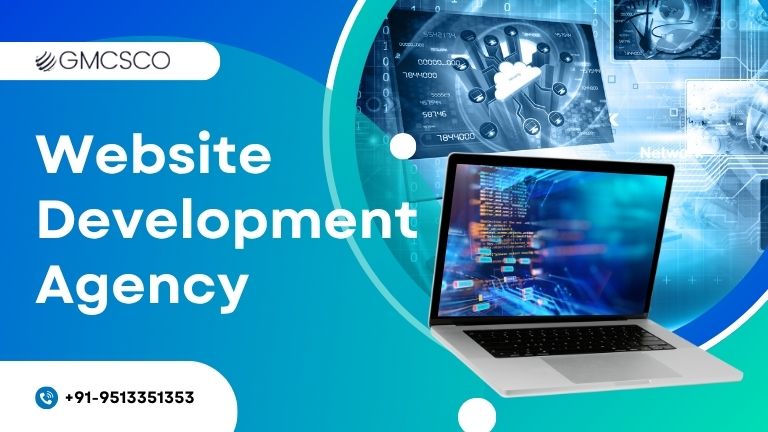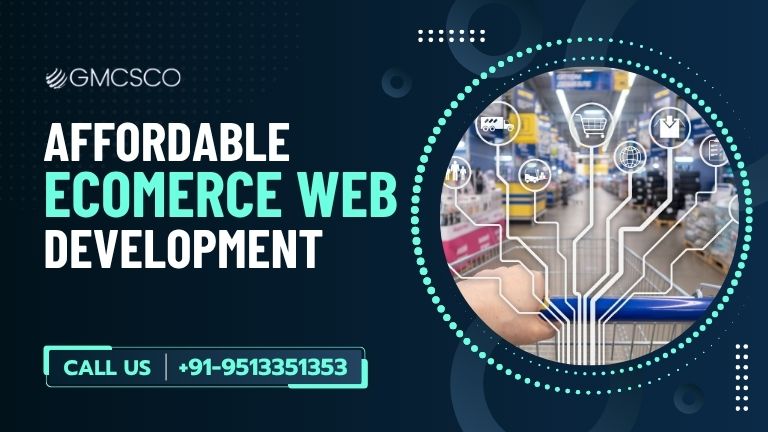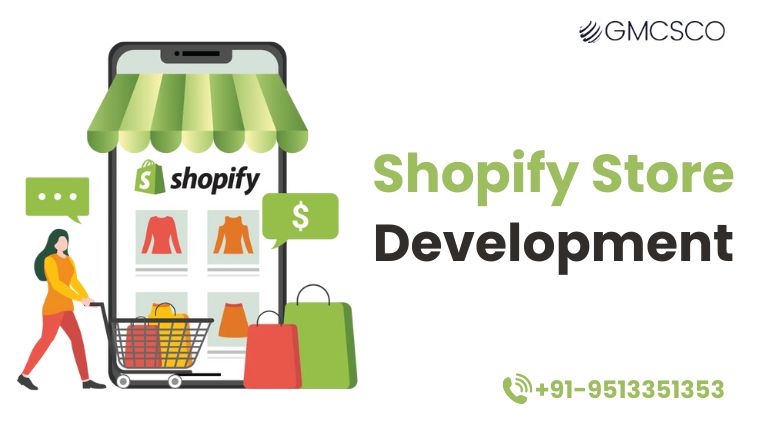Website Development Services in Saudi Arabia for Startups
In the fast moving digital economy, the need to have a strong online presence is no more a choice but an obligation. A startup’s website is typically its first point of contact for potential users and investors, startups tend to spend a lot of time on developing them. Saudi Arabia’s digital ecosystem is undergoing a rapid transformation, with companies in the country spending heavily on websites, apps and e-commerce solutions. That’s why the demand for website development in Saudi Arabia has become higher than ever – one of the most popular services among startups that are looking to grow fast and steady. In this comprehensive guide, we delve deep into EVERYTHING startups must know about startup web development services in Saudi Arabia from benefits to processes, best practices and how to choose that one partner who can make your entrepreneurial journey worthwhile. Website development in Saudi Arabia is becoming increasingly important Saudi Arabia is on a huge digital transformation drive in line with Vision 2030. Businesses are assumed to be digital-first, and people spend more time online than they ever have. Companies which have a route to hiring professional web development in KSA members can: Build credibility and trust Present the products or services in professional manner Generate leads and drive sales Compete with established brands Access local and international customers For new businesses, a website is not simply an online brochure; it’s an engine of growth. Also Read About Launch Your eCommerce Website in 7 Days Advantages of Website Development Services in Saudi Arabia for Startups Collaborating with an expert web development company in Saudi Arabia can bring you a number of benefits: Local Knowledge: A developer who knows the Saudi market, what customers respond to language wise and is in tune with cultural nuances when comes to your website. SEO Benefit: Arabic and English search optimized by local web developers. You’ll Get Online Faster: You’d be amazed at how quickly a pro agency can get your startup online and generating leads. Scale: Your website design can be scalable to the growth of your business. Security and Compliance: With websites developed based on Saudi compliant requirements, customers feel safe and sound. Website Development Services in Saudi Arabia varieties Startups have diverse requirements depending on their business model. Some of the most usual website development services in Saudi Arabia are: Business Websites: Present your business profile, vision, and services. E-commerce Sites: Ideal for the startups that are selling products online. Lead Generation Pages: Perfect for lead generation campaigns. Custom Web Apps: Custom made software to suite your workflow. Portfolio Websites: Suitable for creative agencies and freelancers. Also Read About AI SEO Steps in Building a Startup Website in Saudi Arabia Here’s a step-by-step look at how a professional agency handles startup website development in Saudi Arabia: Discovery and Planning The first step is to detail your business objectives, customer profile and preferred functionalities. This step can also involve competitor research and inspiration sessions. Website Design and Development This is when wireframes and mockups are created by designers. The development team then converts these into a functional website. Whether you choose a simple landing page or a complex e-commerce platform, this stage ensures a seamless user experience. Content Creation Professional copywriting is critical for engaging users and optimizing for search engines. Both English and Arabic language content can be accommodated for maximum accessibility. Testing and Quality Assurance The website is tested extensively before launch to confirm it works across devices, browsers and screen sizes. Launch and Optimization Once they accept, the site is live. Continual optimization delivers quick load times, robust security, and can even improve SEO. Maintenance and Support Not sure what post-launch support looks like; but I am interested and it’s important to maintain the up-to-date-able, secureable, workable aspect of their website. Optimal Methods of Website Design and Development in Saudi Arabia To make sure you derive the best from your website design and development Saudi Arabia, consider these tips: Mobile First: Due to the fact that there is high smartphone use in KSA, a mobile-first approach should be fundamental. Use Local Content – targeting Arabic and English speakers. Fast Load Times: If the website is slow, users are going to bounce. Solid Visual Branding: People trust and remember professional design. Add Analytics: Monitor performance for better marketing ROI. Also Read About Shopify Store Development Service How to Select the Best Web Development Company in Saudi Arabia One agency is not like another. Now to find web Development Company in Saudi Arabia: Initialize with these factors while making a search: Portfolio and case studies Experience with startups Capacity to provide end-to-end services (assorted with SEO, UI/UX and content) Client testimonials and references Transparent pricing and clear timelines That’s where a local market-savvy partner can really make the difference for your business. Why Startups Need Professional Web Development in KSA DIY website builders may sound appealing, but they aren’t scalable, secure or customizable. Startups need websites that can: Handle traffic spikes Hook up to CRM and marketing tools Offer robust privacy in payments and data Represent their brand professionally When you invested in professional web development KSA, it means your business is prepared for the future. Conclusion With a close-fought landscape in Saudi, website development services in Saudi Arabia are one of the most intelligent decisions that an aspiring start-up can make. A professional, scalable and user-friendly website ensures customers can easily find what they’re looking for and leaves them with a lasting impression. Are you ready to start your startup website and expand the business in KSA? Get in touch GMCSCO Media Group, we help startups develop, design and launch great websites that engage customers generate leads and grow businesses all over Saudi Arabia and GCC. Call or WhatsApp us at +91-9513351353. FAQs on Website Development Services in Saudi Arabia Q1: What is the cost of website development in Saudi Arabia? Costs range depending on the complexity and features of the website, and the type of site you
Website Development Services in Saudi Arabia for Startups Read More »






